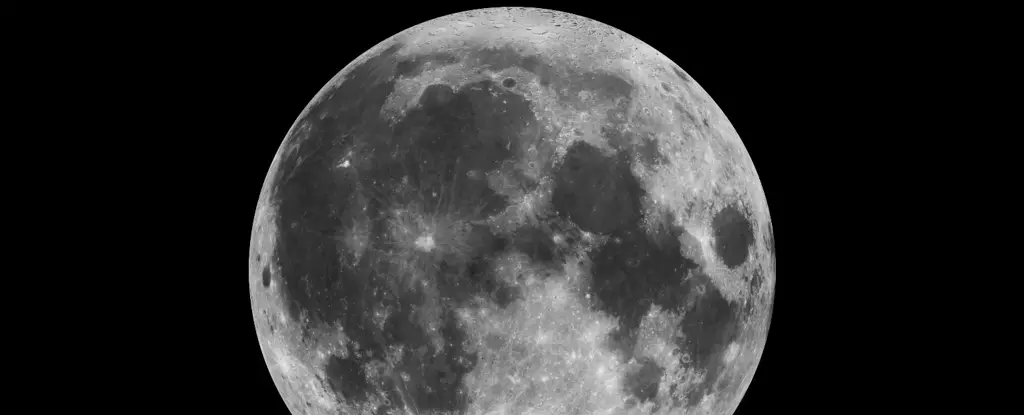In a cosmic twist that captures the essence of our celestial neighborhood, Earth is set to welcome a new natural satellite—a temporary companion known as the “mini-moon.” Officially designated as 2024 PT₅, this small asteroid, measuring approximately 10 meters in diameter, is not just an ephemeral visitor; it has a history of encounters with our planet and is expected to return in the future. This article delves into the particulars of this mini-moon’s journey and what it signifies for our understanding of near-Earth objects.
2024 PT₅ was recently discovered on August 7, 2024, by the Asteroid Terrestrial-impact Last Alert System (ATLAS). Remarkably, this discovery occurred just one day before the asteroid made its closest approach to Earth, coming within a distance of around 567,000 kilometers (about 352,300 miles)—a mere 1.5 times further than our Moon. This significant close pass allowed astronomers to analyze the asteroid’s trajectory and confirm its status as a temporary satellite of Earth starting September 29, with an expected orbit duration of roughly 56.6 days. This brief honey-moon phase will culminate in its departure from our gravitational influence on November 25, when it will resume its journey around the Sun.
The somewhat diminutive size of 2024 PT₅ and its subsequent limited time in our orbit reveal much about its nature and origin. The calculations performed by astronomers from the Complutense University of Madrid and data from NASA’s Jet Propulsion Laboratory (JPL) unveiled that this asteroid follows a horseshoe-shaped trajectory. This exploration of its path indicates that 2024 PT₅ is part of a class of near-Earth objects known as the Arjunas, which maintain similar orbital characteristics relative to Earth.
Such attributes present intriguing implications, as they suggest that 2024 PT₅ is not a remnant of human-made debris, which poses different complications for our space environment. Instead, it is a natural cosmic traveler that has passed close to Earth several times in the past; its interactions with our planet reveal a multifaceted history stretching up to 60 years backward and forward in orbital calculations.
Exploring the historical trajectory of 2024 PT₅ evokes a sense of cosmic nostalgia. The asteroid has made several notable approaches to Earth, with previous close encounters in February 2003, April 1982, and March 1960—all at distances exceeding 8.2 million kilometers (5.1 million miles). Interestingly, the last time it neared Earth at a distance less than 1 million kilometers was back in October 1937, although details about that particular visit are more obscure.
These historical flybys offer an enticing glimpse into what the future holds. Astronomers predict that after November 25, 2024, 2024 PT₅ will return to our vicinity again on November 8, 2055, albeit at a more considerable distance of about 5.2 million kilometers (3.3 million miles). Such long intervals between visits prompt curiosity about the paths and life cycles of other near-Earth objects that might still be tracing similar celestial routes, waiting for their momentary rendezvous with our planet.
Earth has experienced its share of mini-moon events, with the most notable instance occurring in 2020 when astronomers identified a miniscule rock, approximately 3.5 meters (11.5 feet) wide, orbiting our planet for three years before it ultimately drifted away. This event, alongside the detection of a quasi-satellite in 2016 that had been following Earth for nearly a century, highlights how our planet occasionally captures small asteroids, albeit temporarily.
These transient engagements with mini-moons underscore the dynamic relationship Earth’s gravitational pull has with nearby objects in space. They remind us that we share our celestial environment with a myriad of other cosmic bodies that have their own unpredictable paths and timelines.
As Earth prepares for the arrival of mini-moon 2024 PT₅, we are reminded of the vast, intricate dance of celestial bodies that surrounds us. These fleeting encounters not only expand our understanding of near-Earth asteroids but also hint at the untold wonders awaiting discovery in the cosmic ocean beyond. Just as we anticipate the brief companionship of 2024 PT₅, we must remain vigilant and curious observers of the universe, ever eager to document the stories that unfold from the heavens above.


Leave a Reply